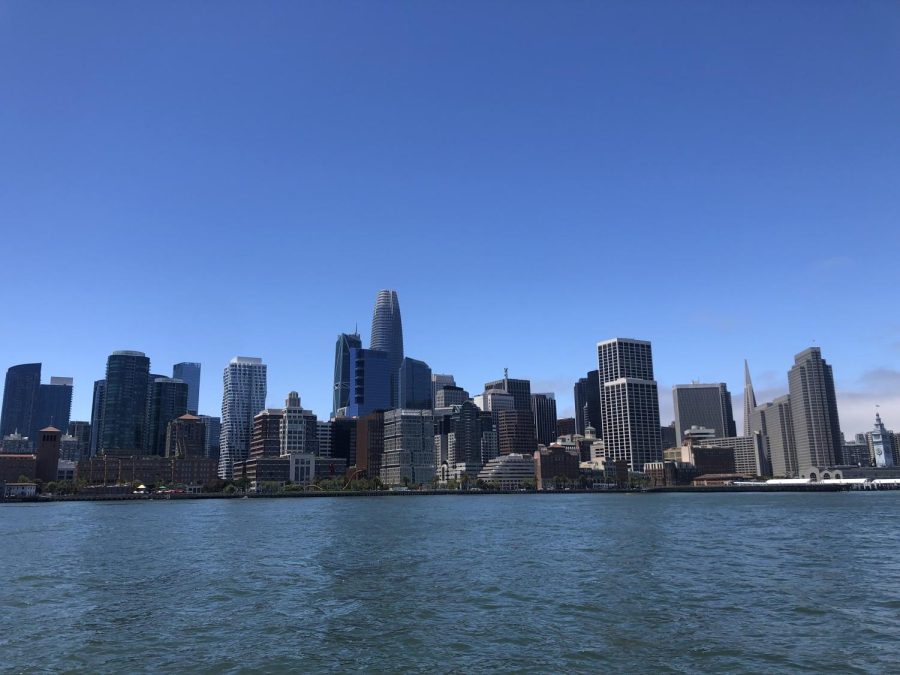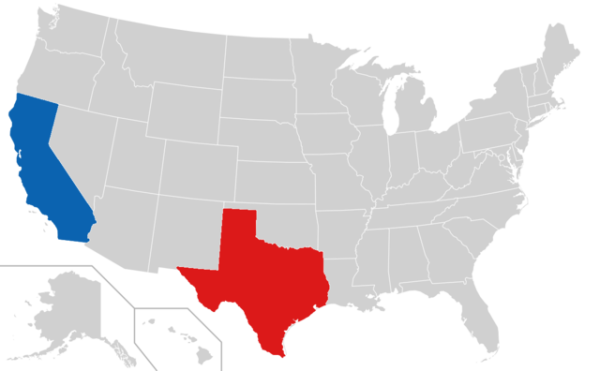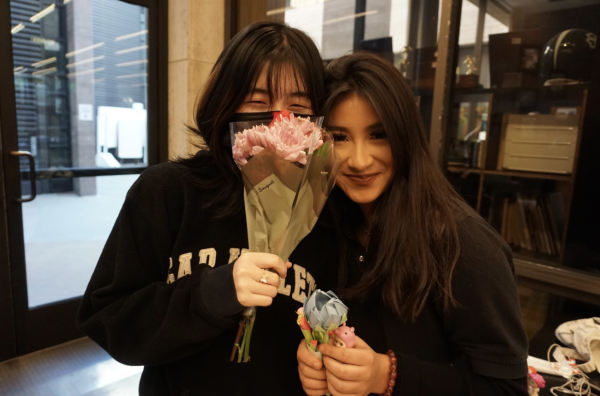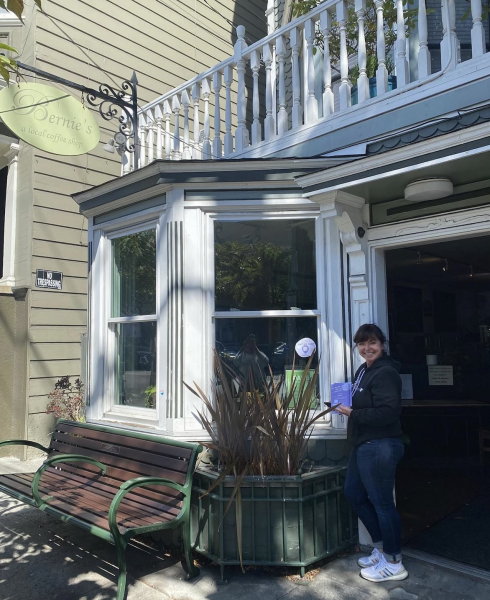Gentrification
When I think of some of my favorite restaurants in the city of San Francisco, I recount memories that I can no longer make. In the past years, gentrification has become a major upset—or an economic opportunity, as some would say—to the residents of San Francisco. It seems to be that every street you turn on you can find a franchise or overpriced coffee shop that markets an aesthetic a mom and pop shop cannot beat. In San Francisco alone, more than half of its longtime residents have become displaced in the last ten years. With ridiculous raises in rent throughout a variety of neighborhoods in San Francisco, more families and businesses are being forced out of the city. Local shops that we know and love that have stood for generations are being shut down for a more “urban” city.
The definition of gentrification from the National Center for Biotechnology Information states that it is a “process through which lower-income neighborhoods experience capital investments and an influx of wealthier residents”. In the Bay Area, rent has been raised 5.3% year-over-year, thus displacing many long-term residents and threatening the cultural diversity that makes San Francisco thrive. The city of San Francisco has placed a cap for the annual allowable increase on rent, yet landlords have no limit on the amount they can charge the tenant when renting a vacant space. According to Smart Cities Dive, since the 1990s, rent has increased by more than 50%, making the Bay Area one of the most expensive areas to live in California. To combat this, many organizations have asked the mayoral office to place rent caps; this does not hold landlords accountable.
The culture of San Francisco must be preserved at all costs. The city of San Francisco’s culture is deteriorating as rent increases, small businesses close, and minority groups are displaced. Gentrification does more harm than good. While gentrification can improve the economy of San Francisco and possibly create more jobs, minority groups and underrepresented groups are losing their voice and claim to their homes. The livelihoods of families, businesses, and long-time residents are at stake if the city continues to prioritize its urbanization and economic progression. Gentrification may not hit all neighborhoods, but it hits the ones that are the most vulnerable.
As students who attend school in the heart of San Francisco, we need to ask ourselves what we can do. For one, start boycotting and stop frequenting establishments that are selling $6 coffee and instead support local businesses. Advocating for the low-income members of our community to increase the capital wealth of minority areas in San Francisco can help reduce the harm gentrification poses to the city. The city of San Francisco must continue its efforts to help combat displacement and promote small businesses.





